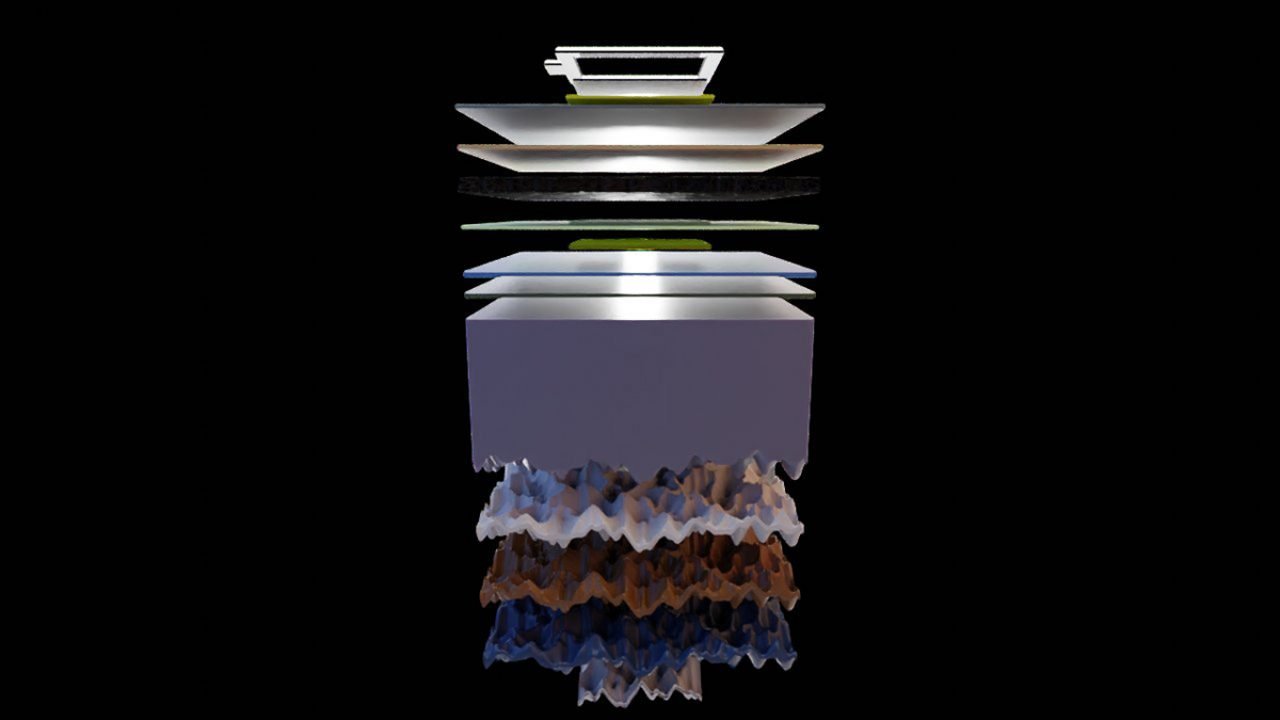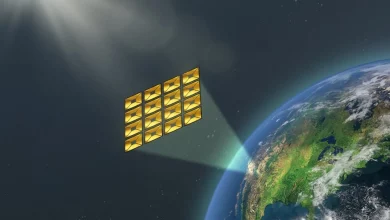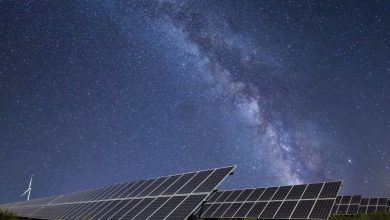
Scientists worldwide have been working hard to improve the efficiency of solar cells for several uses. Finally, a new record has been set for solar cell efficiency that could one day help harvest more power from the same surface area with the same exact amount of sunshine. Researchers were able to hit an efficiency of 29.15 percent in the perovskite/silicon tandem solar cell category.
The Helmholtz Zentrum Berlin which is a solar cell research center in Berlin Germany, set a world record for perovskite-silicon tandem cell efficiency last year at 29.15%. The group has delved further into the cell materials, looking to better understand mechanisms behind the impressive efficiencies achieved so far. Their latest work shows that with the current cell design, long term stability at efficiencies up to 32.4% should be possible.
Continuing its work on the record-breaking cell, the group now reports a self-assembled monolayer placed between the perovskite and silicon cells, which enhanced both the fill factor and stability of the device. With this layer, the group fabricated a tandem cell that retained 95% of its initial performance after 300 hours under simulated 1-sun illumination, without encapsulation.
“We first prepared the perfect bed, so to speak, on which the perovskite lays,” explains HZB researcher Amran Al-Ashouri. He goes on to explain that better understanding the operation of the cell, and in particular the movement of ‘holes’ through the devices, allowed them to further optimize its performance. “We optimized what is called the fill factor, which is influenced by how many charge carriers are lost on their way out of the perovskite top cell,” Al-Ashouri explains. “We observed that the extraction of holes is much slower than electron extraction, which limited the fill factor.”
In the paper, researchers wrote tandem solar cells that pair silicon with metal halide perovskite are a “promising option” for surpassing the single-cell efficiency limit. Perovskite and silicon are developed separately as semiconductor materials for use in solar panels. Of the two technologies, silicon cells have been around for longer and are currently the standard technology used in solar farms worldwide.

The results are reported in the paper Monolithic Perovskite/Silicon Tandem Solar Cell with >29% Efficiency by Enhanced Hole Extraction, published in Science. The paper also reports new methods to assess both fill factor and charge transfer in tandem cells, finding that with its current tandem cell structure, further improvements should be able to push efficiency up to a practical limit of 32.4%.
The work demonstrates major collaborations coming together on tandem cells, following of trend this year of major studies aiming to push understanding of the materials as they head toward commercial production. The paper in Science is credited to 29 authors in total, with contributions from institutions across Europe, including Lithuania’s Kaunas University of Technology, the University of Ljubljana in Slovenia, the University of Sheffield in the UK, and a host of other German institutes.
“Each partner brought their own special expertise to the project, so we were able to achieve this breakthrough together,” says Steve Albrecht, leader of the group at HZB. “We can certainly achieve over 30%.”
Perovskite is seen as the new challenger to silicon and may someday surpass silicon in terms of usefulness. The tandem solar cell uses a pair of semiconductors able to capture different parts of the light spectrum. Silicon captures infrared light, while perovskite captures visible light. Scientists on the project note that putting the two materials together doesn’t substantially increase the cost of making the panels.
Scientists achieved the record breaking 29.15 percent efficiency by using a one-centimeter by one-centimeter panel. The test panel’s tiny stature means that scaling up is required, and the team believes that will be possible. After 300 hours of simulated use, the tandem cell retains 95 percent of its original efficiency. Testing is ongoing, and past research suggests the technology can reach efficiency rates of well above 30 percent.




